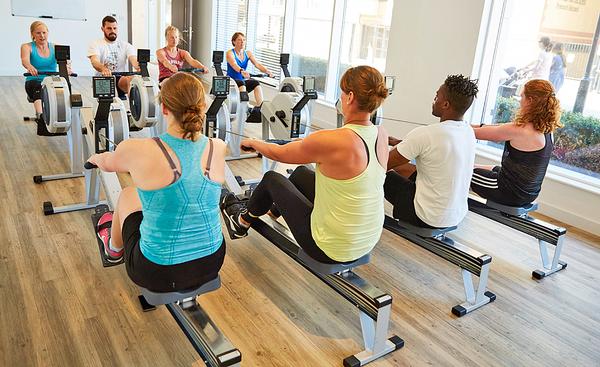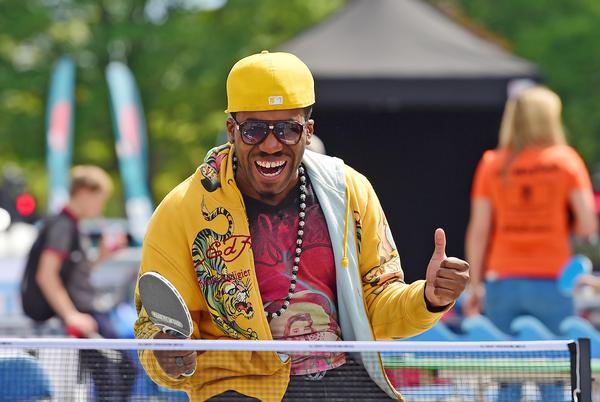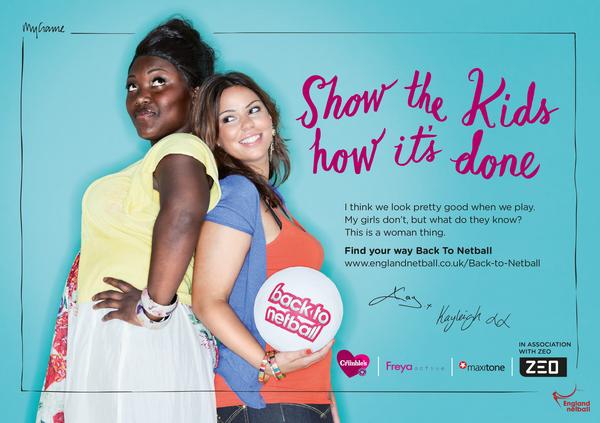|
Leisure Management - Shaking things up

Funding

|
|
| Shaking things up
|

Sport England is offering funding to organisations that
mobilise inactive people. Kath Hudson talks to the governing bodies
getting creative in their quest to attract a broader market
|
|
|

|
Helen Rowbotham
Director of Innovation
British Rowing
Go Row Indoor is our new programme, which will be funded by Sport England’s mass market funding pot over the next four years. Our plan is to broaden the appeal of indoor rowing as a sport in its own right, so we will be working with health and fitness operators to make this happen. A lot of rowing is going on within health clubs already and we are keen to build on this.
Although we want to grow participation, a key part of the programme is to improve the quality of the experience. You can do an entire workout on a rowing machine, but not many people, including instructors, understand this. Therefore, we’re making lots of resources available on our website, including technique videos and training programmes. We’ve also developed a REPs-accredited training course for fitness professionals.
Boutique rowing concepts
Rowing as a group exercise experience is a trend that’s gathering pace in the US, with some boutique rowing studios opening in New York. To build on this momentum, we’ve developed group classes that are set to music: a 20-30 minute class for the gym floor and a 45 minute studio class.
At first, we planned to double the number of indoor rowers, based on Sport England figures. However, we’ve conducted independent research and shown we’ve already smashed those targets, as there were more indoor rowers than had been identified. Our research shows 1.3m people are already rowing in gyms, so we’re revising our targets.
By focusing on indoor rowing, a connection with the wider sport will happen naturally. However, although we want to offer pathways onto the water, we don’t want this to be a main focus. For geographical reasons alone, some people will never graduate to rowing on water, whereas indoor rowing is very accessible.
Indoor rowing is a fantastic sport for getting people active. In our research, we found four out of five people who were interested had access to a rowing machine. It’s a low-impact sport that allows people to go at their own pace, the technique is easy to master and it’s a fantastic workout that uses 85 to 95 per cent of muscle groups.
"You can do an entire workout on a rowing machine, but not many people understand this" – Helen Rowbotham
| |


|

Group rowing classes are gaining popularity in the United States |
|
|
 |

Programmes: Loop and Ping! |
 |
Emily St John
Head of Development
Table Tennis England
Table Tennis England has been awarded £2.05m over the next four years to run two mass market initiatives – Loop and Ping! – both of which aim to break down barriers to activity. We have a great sport for the mass market because it’s so accessible.
This is a different approach for us, as our focus has traditionally been on clubs and leagues. A social element is at the heart of both initiatives, which are all about creating play in places where people already go. We want to break down the barriers that make being active difficult and help people fit activity into their busy lives.
Launched last summer, Loop is taking table tennis into everyday spaces as a social activity, for example, to offices, factories, church halls and community centres. To date, we’ve introduced table tennis to around 350 workplaces.
It is currently 50:50 funded, so it costs the company £200 for a high-quality table, bats and balls, digital tools and advice to get people playing and competitions going.
Ping! is about teaming up with local authorities and community partners to kickstart activity by placing tables, bats and balls – for free play – in different settings, such as in parks, on beach fronts and in town centres. In 2016 we made available 674 tables, 10,500 bats and 120,000 balls, which led to 1.8m visits to tables last summer.
Our insights show this initiative has engaged a significant number of inactive people: 19 per cent were inactive the month previous to playing and two-thirds hadn’t planned to play, but just decided to have a go. We want everyone to talk about table tennis. It’s a sport you can play on a whim, in normal clothes,. Our insights show people are swiftly engaged and it appeals to a wide variety of participants.
"People are swiftly engaged by table tennis – you can play it spontaneously, in your normal clothes" – Emily St John
| |


|

The Ping! initiative puts table tennis tables in public areas, such as this one in Plymouth |
|
|
 |

Programme: Back to Netball |
 |
Fran Connolly
Director of Development
England Netball
England Netball received £1.5m from Sport England’s inactivity pot, as part of a 10-year strategy to open up the game to a broader audience. Traditionally, our focus was on the seven-a-side game for competitive players, but now we’re seeking ways to make the sport more recreational. Lots of women are familiar with the game from their school days, but unless we started to do something different, they were unlikely to return.
Back to Netball is aimed at women in their 20s, 30s and 40s. Launched in 2012, it has already brought 75,000 women back to the game and it’s growing year on year. It offers a gentle reintroduction to netball, with the emphasis on a social experience.
Our research shows that the programme provides women with time out from the family and stress relief. However, many women revive their competitive spirit and then go on to form clubs together.
Designed to minimise the risk of injury and to be kinder on the joints, Walking Netball was launched last year. We’ve been inundated with enquiries. Aimed at over 50s, it’s a seven-a-side game with similar rules to netball. Participants aren’t allowed to run and must keep one foot on the floor at all times. With the emphasis on being social and unintimidating, coaches are trained like party planners, to ensure everyone is included and has a good time.
With both of these programmes, the main aim is to appeal to women and girls outside of our usual catchment. Last year, we had 15,000 people through the Back to Netball programme and 6,000 through Walking Netball, in just six months. Our research shows that four out of 10 were previously inactive. Netball is a great sport for engaging inactive females because there is so much familiarity around it from their school days.
Going forward, we’ll continue to roll out the programmes in partnership with other organisations who are successful in reaching our target audiences, such as Age UK. We’re aiming to mobilise tens of thousands of women.
"Netball is great for engaging inactive females, because they’re familiar with it from their school days" – Fran Connolly
| |


|

The Back to Netball campaign has attracted 75,000 women since 2012 |
|
|
 |
| Originally published in Sports Management Jul Aug 2017 issue 132
|
|
 |
|